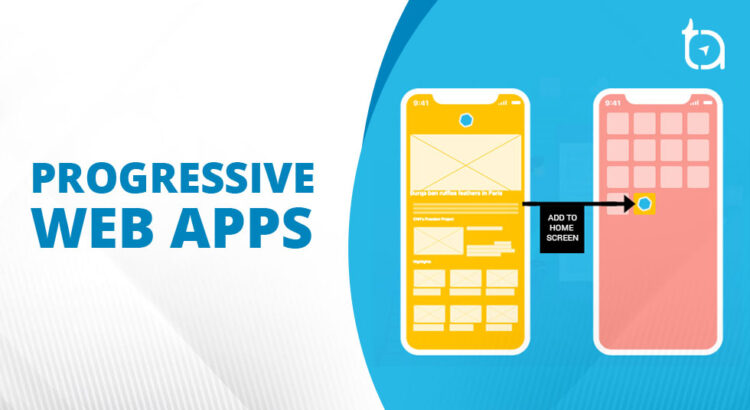In the rapidly evolving digital landscape, businesses are constantly seeking innovative ways to deliver seamless, personalized, and highly responsive web experiences. One of the most significant trends in recent years has been the shift from traditional Content Management Systems (CMS) to headless CMS platforms. This API-driven approach is reshaping how organizations manage content, develop websites, and engage with their audiences.
What is a Headless CMS?
A traditional CMS, such as WordPress or Joomla, combines the content repository with the presentation layer—the “head”—that determines how content is displayed on websites. While this monolithic structure simplifies content management, it often limits flexibility, scalability, and adaptability across multiple digital channels.
In contrast, a headless CMS decouples the content management from the presentation layer. Content is stored centrally and delivered via APIs to any frontend, whether it’s a website, mobile app, digital kiosk, or even smart devices. This separation allows developers to choose any technology stack for the frontend, while content creators can manage content independently without worrying about design constraints.
Advantages of Headless CMS
- Flexibility in Design and Development
With a headless CMS, developers are not tied to a specific frontend technology. They can use frameworks like React, Angular, or Vue.js to build dynamic and interactive user interfaces. This flexibility allows businesses to innovate rapidly, create unique digital experiences, and optimize performance across devices. - Omnichannel Content Delivery
Modern businesses interact with customers across multiple platforms—websites, mobile apps, social media, IoT devices, and more. A headless CMS enables omnichannel content delivery, ensuring that content is consistent, up-to-date, and tailored to each platform. By leveraging APIs, businesses can publish once and distribute everywhere, saving time and reducing errors. - Improved Website Performance
Traditional CMS platforms often come with heavy themes and plugins that can slow down websites. A headless approach eliminates unnecessary bloat by serving only the content needed through APIs. This not only improves website speed but also enhances search engine rankings and user experience. - Enhanced Security
Decoupling the frontend from the backend reduces vulnerabilities. Since the CMS is not directly exposed to the public-facing website, the attack surface is smaller, making it harder for hackers to exploit. This architecture also allows for stricter access controls and robust security practices. - Scalability for Growing Businesses
As businesses expand, their content needs and traffic volumes grow. A headless CMS supports scalability by allowing developers to integrate with microservices, cloud infrastructure, and CDNs (Content Delivery Networks). This ensures that websites remain responsive, even during high traffic surges, without major overhauls. - Faster Time-to-Market
Traditional CMS often requires simultaneous backend and frontend updates, slowing down content publication. Headless CMS allows teams to work in parallel: content creators can update or add content while developers build or modify frontend features. This parallel workflow accelerates the time-to-market for campaigns, product launches, and updates.
Popular Use Cases for Headless CMS
- E-commerce Platforms: Deliver product content seamlessly across websites, apps, and marketplaces.
- Media and Publishing: Manage large volumes of content for multiple channels while maintaining brand consistency.
- Corporate Websites: Ensure consistent corporate messaging across all digital touchpoints.
- IoT and Smart Devices: Push content to screens, wearables, and connected devices without custom backend setups.
Challenges to Consider
While headless CMS offers many benefits, it is not without challenges. Implementing a headless system requires technical expertise for API integration and frontend development. Businesses must also invest in a robust strategy for content modeling and delivery. However, for organizations aiming for scalability, omnichannel presence, and cutting-edge user experiences, these challenges are often outweighed by the long-term benefits.
Why Businesses Are Embracing the Shift
The digital marketplace is increasingly competitive. Consumers expect fast, personalized, and consistent experiences across all channels. A headless CMS empowers businesses to meet these expectations while staying agile. Companies can adopt new technologies, launch campaigns quickly, and maintain control over content without being constrained by a rigid CMS architecture.
Moreover, as more organizations adopt cloud infrastructure and microservices, the headless approach aligns perfectly with modern digital strategies. It allows seamless integration with third-party services, analytics tools, marketing platforms, and AI-driven personalization engines—unlocking new opportunities for growth and engagement.
Conclusion
The shift towards API-driven websites and headless CMS represents a fundamental evolution in how businesses manage and deliver digital content. By decoupling content from presentation, organizations gain flexibility, scalability, performance, and security—all while providing a superior experience to end-users.
At Razorse Software, we specialize in helping businesses leverage modern CMS solutions to create highly responsive, scalable, and future-proof digital experiences. Whether you are looking to revamp your website, launch a new app, or adopt a headless architecture, we provide end-to-end solutions that align with your business goals.
#HeadlessCMS #APIDrivenWebsites #DigitalTransformation #WebDevelopment #RazorseSoftware #TechInnovation #OmnichannelExperience #FutureOfWeb





